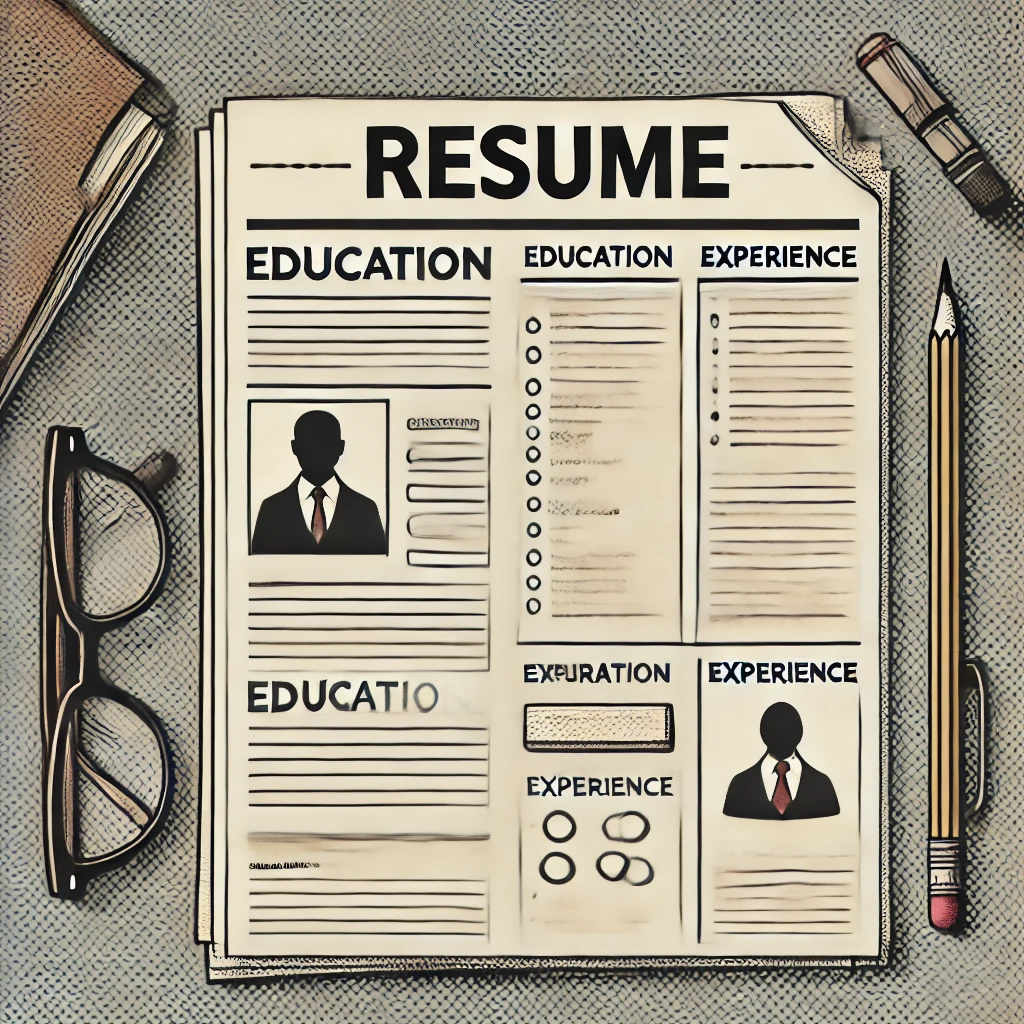A well-formatted resume is crucial for making a great first impression on recruiters. Even the most impressive qualifications can be overlooked if your resume is difficult to read or poorly structured. In this guide, we’ll provide practical tips and examples to help you create a clean, professional layout that stands out.
1. Choose a Clear and Readable Font
The font you choose impacts readability and professionalism. Avoid overly decorative fonts and opt for clean, modern ones like Arial, Calibri, or Roboto.
Example:
# John Doe
**Email:** john.doe@example.com
**Phone:** +1 123-456-7890
This layout uses a simple, clean font for readability.
2. Keep It Consistent
Inconsistent formatting can confuse readers. Ensure your headings, bullet points, and spacing are uniform throughout the resume.
Practical Tip:
- Use the same font size for all section headings (e.g., 16px for "Work Experience").
- Maintain equal margins and spacing.
Example:
## Work Experience
**Software Developer**
_TechCorp, 2020 - Present_
- Developed a new feature that increased customer engagement by 20%.
- Collaborated with cross-functional teams to deliver projects on time.
3. Use Proper Section Headings
Organize your resume with clear section headings so recruiters can easily find the information they need.
Common Sections to Include:
- Contact Information
- Summary or Objective
- Skills
- Work Experience
- Education
Example:
## Skills
- JavaScript, React, TypeScript
- Git, Docker, Kubernetes
- Agile Development Practices
4. Prioritize White Space
White space enhances readability by preventing your resume from feeling cluttered.
Practical Tip:
- Leave at least 0.5-inch margins on all sides.
- Use line breaks between sections and bullet points.
Example:
## Summary
Detail-oriented software developer with 5+ years of experience building scalable web applications.
5. Highlight Achievements with Bullet Points
Recruiters skim resumes, so use bullet points to draw attention to key accomplishments. Focus on quantifiable results.
Example:
## Work Experience
**Frontend Developer**
_AwesomeTech, 2018 - 2021_
- Increased website performance by 35% through optimized code.
- Reduced page load times by implementing lazy loading for images.
6. Avoid Overloading with Colors
Stick to one or two subtle colors to maintain a professional appearance. Avoid using bright or clashing colors.
Practical Tip:
- Use a single color for headings (e.g., dark blue) and black for body text.
- Avoid colored backgrounds that reduce text readability.
7. Test for ATS Compatibility
Ensure your resume is ATS-friendly by avoiding tables, columns, and special characters.
Example:
## Contact Information
**Email:** john.doe@example.com
**GitHub:** [github.com/johndoe](https://github.com/johndoe)
8. Keep It to One Page
Recruiters spend only a few seconds on each resume. Focus on relevant experience and skills to keep it concise.
Practical Tip:
If you have more experience, use two pages but ensure the most important information appears on the first.
Conclusion
Mastering the art of resume formatting is about balancing professionalism with readability. By following these tips and incorporating the examples provided, you can create a resume that leaves a strong impression on recruiters and improves your chances of landing your dream job.
Keywords: Resume formatting tips, clean resume layouts, professional resume design, resume best practices, ATS-friendly resumes.

